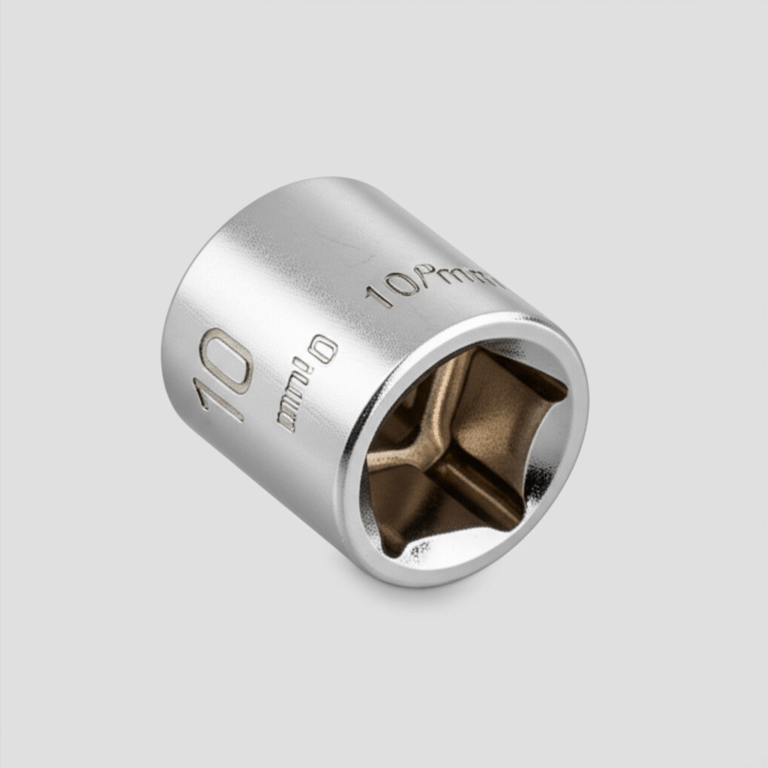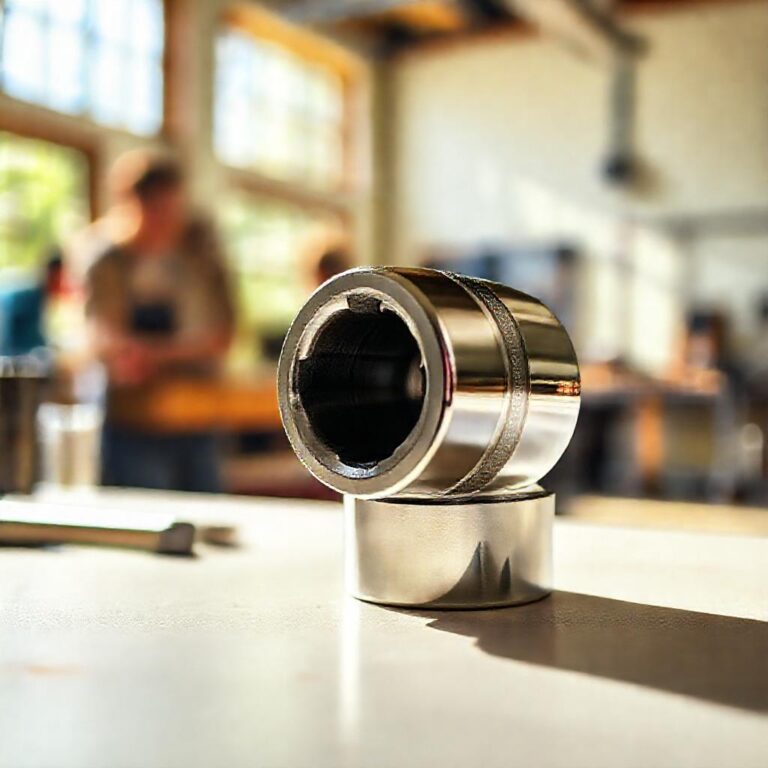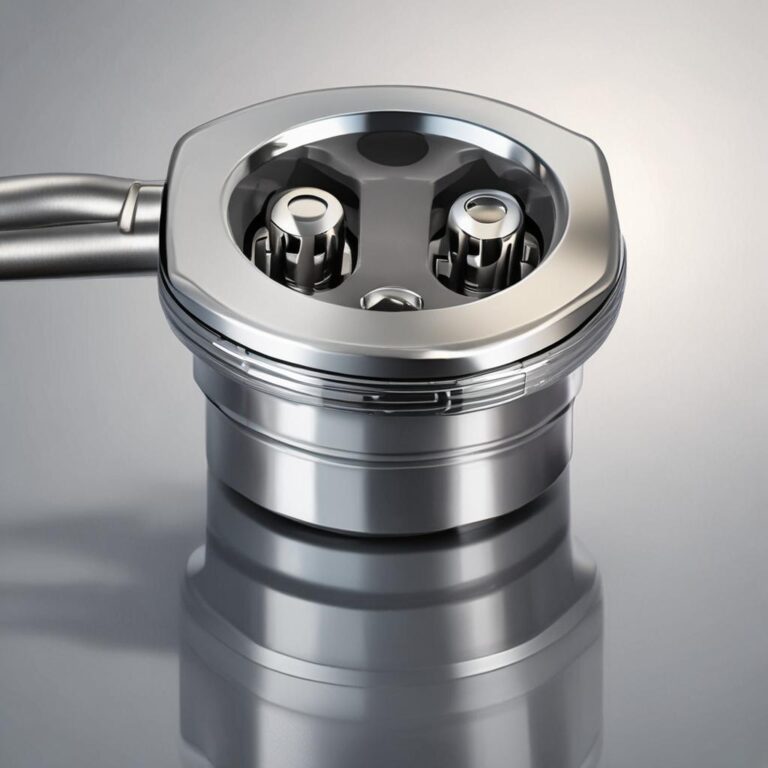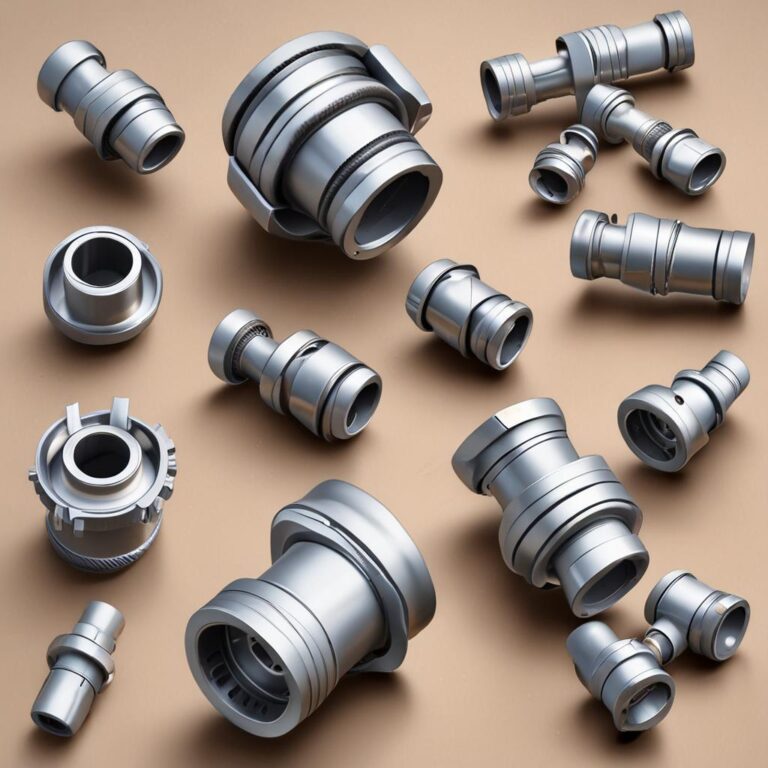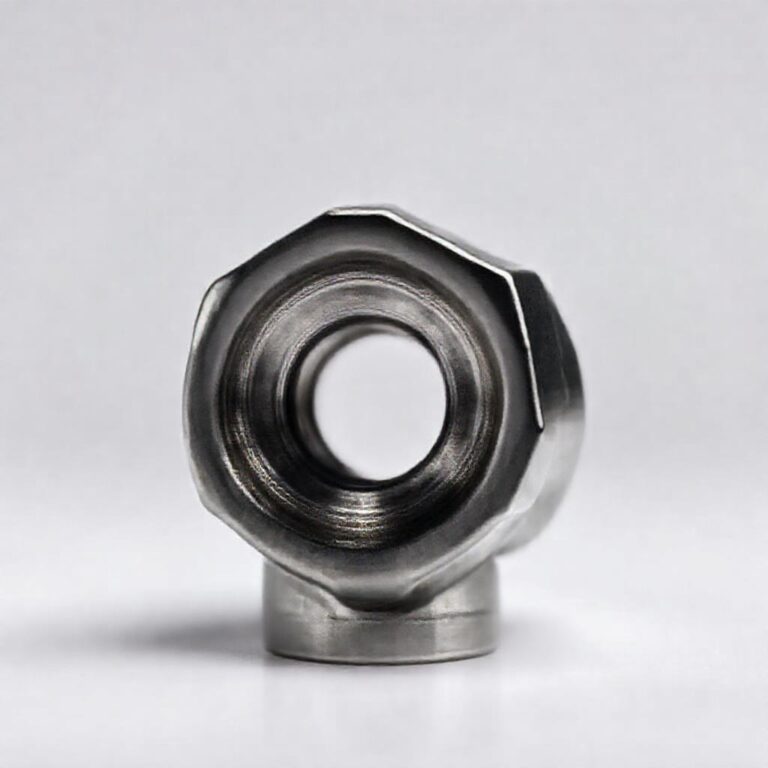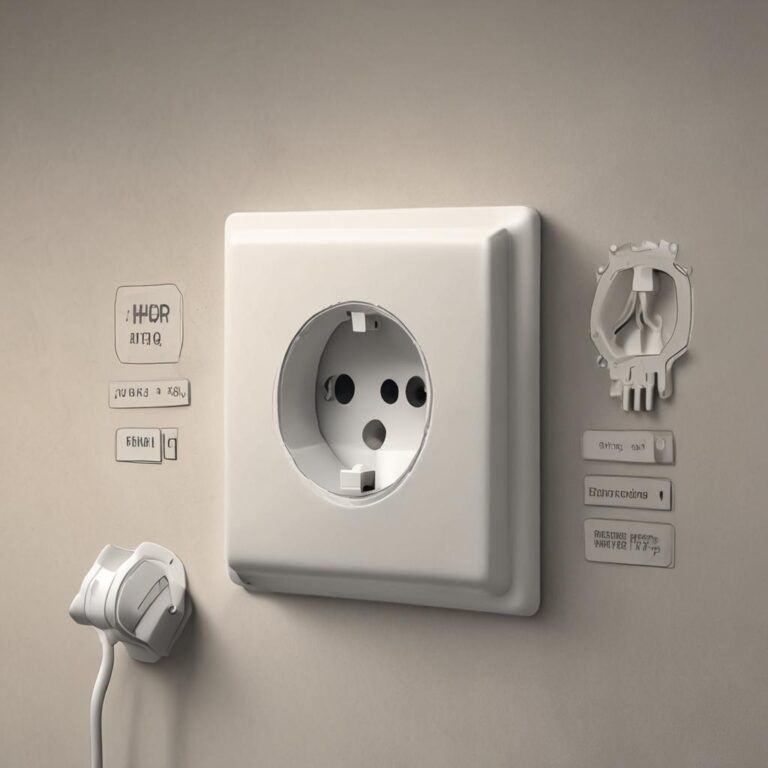The Ultimate Guide to Universal Socket Tools
Tired of searching for the right socket every time you need to tighten or loosen a bolt or nut? Meet the universal socket tool, your new secret weapon for convenience, versatility, and time-saving. Let’s dive into the world of universal sockets and explore why they should have a place in every toolkit.
What is a Universal Socket Tool? Understanding the Basics
A universal socket tool is a versatile piece of hardware designed to work with a wide range of fastener sizes and shapes. You’ve probably seen them in action at the hardware store or on automotive repair shows. Unlike traditional sockets that are designed for specific sizes, universal sockets feature a clever mechanism that adapts to different shapes and sizes.
The core mechanism behind most universal sockets is either spring-loaded pins or rotating cams. These mechanisms allow the socket to conform to hex, square, torx, and other common fasteners, providing a secure grip across a wide range of sizes.

The mechanism inside a universal socket tool
Benefits of Using a Universal Socket Tool
Utilizing a universal socket tool comes with several advantages that make it a popular choice among DIYers, mechanics, and professionals alike. Here are some key benefits:
- Convenience: One tool replaces many, eliminating the need to search for the right socket for every job.
- Versatility: Universal sockets work on various fastener types and sizes, making them perfect for a wide range of applications.
- Time-saving: No more wasted time rummaging through your socket set. Just grab your universal socket, and you’re good to go.
- Space-saving: Reduce the number of tools in your kit by opting for a universal socket instead of a large set of individual sockets.
- Accessibility: Universal sockets can often grip damaged or corroded fasteners that would be otherwise inaccessible with standard sockets.
- Cost-effective: In the long run, one high-quality universal socket could replace a whole set of individual sockets, making it a cost-effective solution.
Different Types of Universal Socket Tools
When exploring your options, you’ll encounter two main types of universal socket tools, each with its own mechanism for gripping fasteners.
A. Spring-Loaded Pin Types
Spring-loaded pin universal sockets are the most common type you’ll find on the market. They feature several spring-loaded pins that collapse and expand to fit various shapes and sizes. These pins typically extend and retract smoothly, conforming to the contours of a wide range of fasteners.
Materials used in spring-loaded pin sockets usually include chrome vanadium steel, which is known for its strength, durability, and resistance to corrosion.
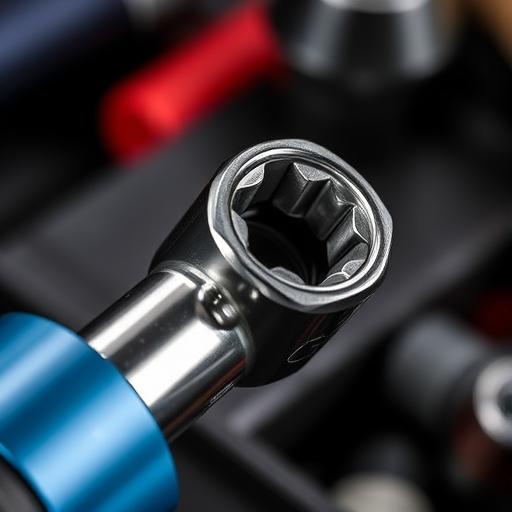

Spring-loaded pin universal socket in action
B. Rotating Cam Types
Rotating cam universal sockets work differently from their spring-loaded counterparts. These sockets have a set of cams that rotate to engage with the fastener, providing a secure grip. The advantage of rotating cam sockets is their ability to maintain a firm hold even on rounded or damaged fasteners.
However, rotating cam sockets might require more effort to use than their pin-type counterparts, and they may not be as suitable for larger fasteners. Additionally, the moving parts of rotating cam sockets might eventually wear out or break with heavy use.

Rotating cam universal socket

There are other less common designs available, but these two are the most popular and widely used.
How to Choose the Right Universal Socket Tool
Selecting the perfect universal socket tool involves considering several factors to ensure you get the best tool for your needs. Here’s a helpful breakdown to guide your decision:
| Criteria | Spring-Loaded Pin Types | Rotating Cam Types |
|————–|———————————————————–|———————————————————|
| Size Range |Typically covers standard sizes, e.g., 1/4″ to 3/4″ or 6mm to 19mm| Typically covers standard sizes, e.g., 1/4″ to 7/8″ or 6mm to 22mm |
| Build Quality |Chrome vanadium steel, robust pin mechanism | Steel construction, robust cam mechanism |
| Torque Rating |Varies by model; typically 50-100 ft-lbs (67-135 Nm) | Varies by model; typically 100-200 ft-lbs (135-271 Nm) |

Brand Reputation & Reviews: Research reputable brands known for quality tool manufacturing, and read online reviews to get real-world user feedback.
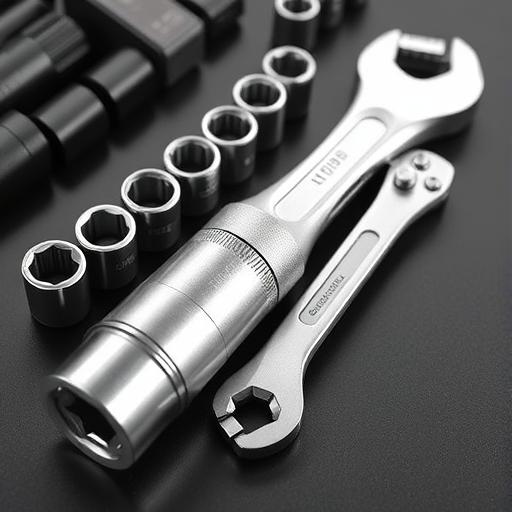
Application: Consider your specific needs. Are you a DIYer tackling household projects, or a mechanic working on vehicles? The best tool for you will depend on the demands of your tasks.
How to Use a Universal Socket Tool Effectively & Safely
Using a universal socket tool correctly is essential for both your safety and the longevity of the tool. Here’s a step-by-step guide to help you:
- Proper Fastener Engagement: Ensure the socket is fully seated on the fastener head by applying even pressure while spinning the socket in a clockwise direction.
- Avoiding Excessive Torque: Do not overload the tool. Use a torque wrench when necessary to prevent damaging the socket or the fastener.
- Maintenance and Cleaning: Keep the tool clean and free of debris to ensure proper functioning. Lubricate moving parts as needed using a suitable lubricant, such as WD-40 or a similar product.

Proper use of a universal socket tool
Common Problems and Solutions with Universal Socket Tools
While universal sockets offer numerous benefits, they also come with a few potential drawbacks. Here are some common issues and solutions:
A. Slipping on Rounded Fasteners: To mitigate this risk, use penetrating oil or apply some gentle pressure on the socket while turning it in the tightening direction.
B. Pin or Cam Failure: Regular inspection, proper maintenance, and avoiding excessive torque can help prevent pin or cam failure. If a failure does occur, replace the affected component following the manufacturer’s instructions.
C. Limited Torque Capacity: Always stay within the tool’s torque limits to avoid damaging the socket or the fastener.
D. Not Suitable for All Fastener Types: While versatile, universal sockets aren’t perfect. For specific applications, like working with spline or locking fasteners, you’ll still need dedicated sockets or other specialized tools.
Universal Socket Tool Alternatives
In some cases, other tools might be more suitable for specific tasks:
Individual Sockets: For high-torque applications or when maximum precision is needed, individual sockets might be the better choice.
Adjustable Wrenches: Ideal for situations when a socket just isn’t the right tool for the job, like working with odd-sized or unique fasteners.
Caring for Your Universal Socket Tool: Maintenance Tips
Extend the life of your universal socket tool with proper care and maintenance:
* Keep the socket clean and free of debris after each use.
* Store it in a dry environment to prevent rust. A toolbox or a wrapped plastic bag works well.
* Periodically inspect moving parts and lubricate them as needed.
FAQs about Universal Socket Tools
Q: Are universal sockets as strong as regular sockets?
A: Generally no, especially at higher torques. Universal sockets are designed for versatility, not always for maximum strength.
Q: Can a universal socket work on stripped bolts?
A: Sometimes, but not always reliably. Using a universal socket on a stripped bolt can potentially damage the socket. Consider using a purpose-built tool, like a bolt extractor, for severely damaged fasteners.
Q: What is the typical size range of a universal socket?
A: The size range varies by model, but many universal sockets cover standard sizes, such as 1/4″ to 3/4″ (6mm to 19mm) for pin-type sockets and 1/4″ to 7/8″ (6mm to 22mm) for rotating cam sockets.
Q: Are universal sockets worth buying?
A: The decision depends on your needs and budget. Universal sockets are great for general use, but they might not be ideal for heavy-duty applications or tasks requiring high precision.
Q: How do I clean my universal socket?
A: Clean your universal socket with a brush and mild solvent. After cleaning, wipe it dry and lubricate moving parts as needed.
Conclusion: The Versatile Tool for Your Toolkit?
Universal socket tools are valuable additions to any toolkit, offering convenience, versatility, and time-saving capabilities. While they come with a few potential drawbacks, the benefits they provide make them an excellent choice for most common tasks.
So, are universal sockets worth your investment? If you’re looking for a versatile tool that can handle most bolt and nut sizes, the answer is a resounding yes. Happy wrenching!
Interested in learning more about tools? Check out our other posts on [ratchet tie-down straps](https://www.example.com/ratchet-tie-down-straps) and [ Socket Wrench Drive Sizes](https://www.example.com/socket-wrench-drive-sizes).


